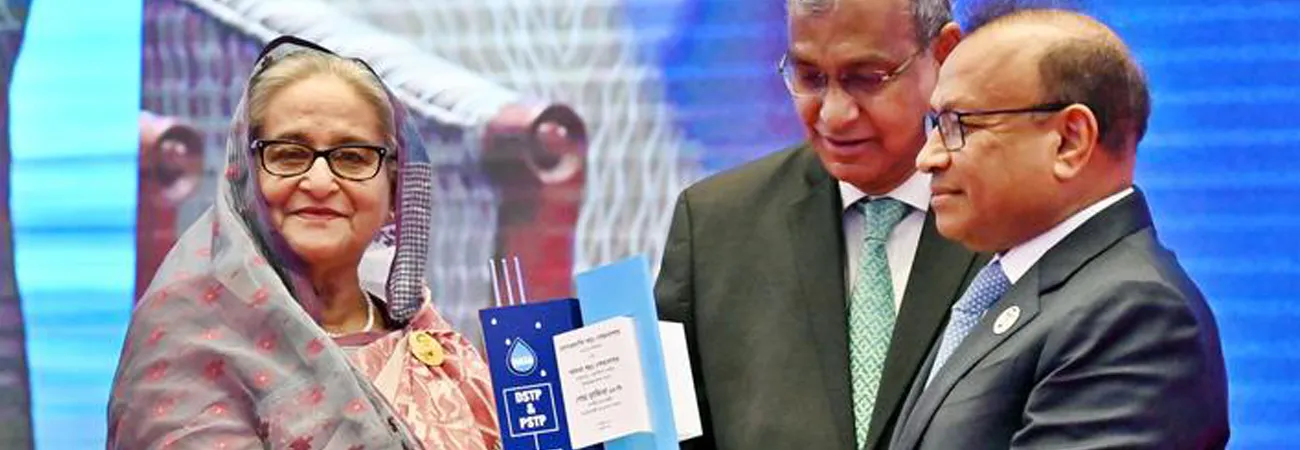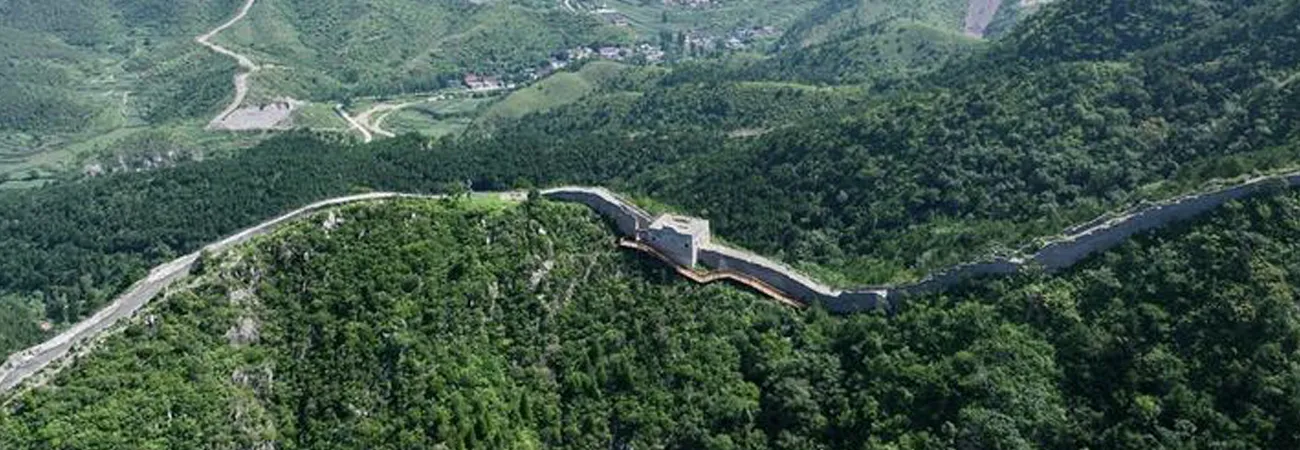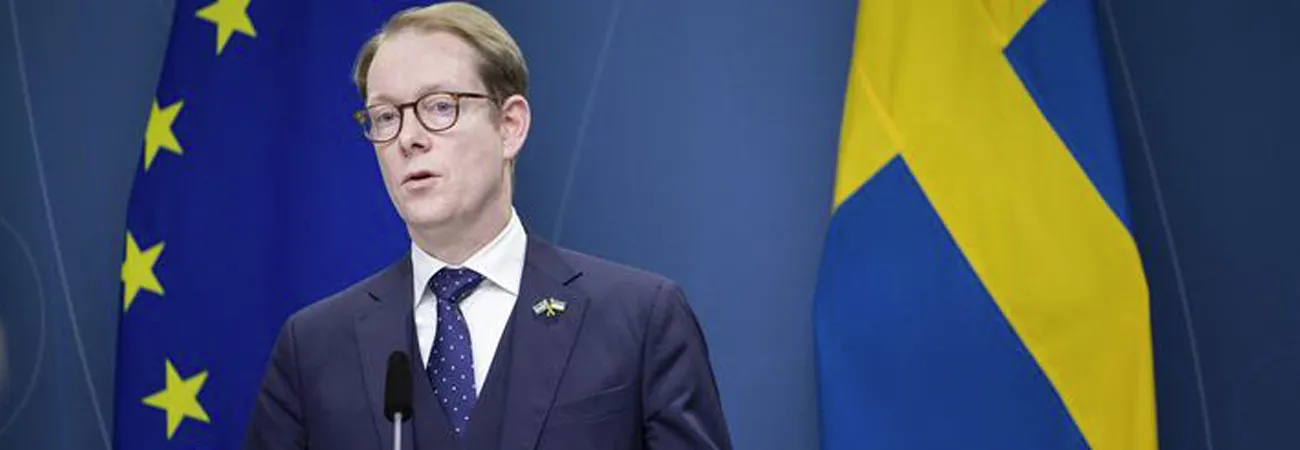XINHUA-PAKISTAN SERVICE
BEIJING, Dec. 18 (INP): China has expressed its confidence that the long-term plan of the Economic Corridor announced in Islamabad on Monday will bring the Sino-Pak socio-economic cooperative partnership to an unprecedented height. The agreement reached to this effect between the two sides will be a great step forward towards implementation of their common desire, improving the living conditions of the people. It reflects the vision and commitment of the leadership of the two countries to stay with each for all times to come for a bright and prosperous future. According to the Chinese officials, there is a huge potential for the two countries to strengthen their socio-economic cooperation and to work on long-term basis. The plan is a live document and it is recommended to be reviewed every two years by both sides. It is flexible and could be amended as and when it so required by the both sides It is effective until 2030, the short-term projects will be implemented up to 2020; medium-term projects up to 2025; and long-term projects up to 2030. The sources assured that the plan, containing five-chapters will be implemented in a letter and spirit, through mutual consultation. It is a matter of great satisfaction that the agreement is a consensus document and it gets complete backing of all stake-holders and the relevant parties. Relations of the countries are progressing on fast-track basis, with a passage of time. Throughout different historical periods and despite changes with the times, Chinese and Pakistani governments and people have been working hard to enrich the friendship, and have set a model for friendly bilateral ties between different cultures, social systems and ideologies. Chinese and Pakistani governments and people have deeply realized the importance of developing the CPEC, starting from Kashgar in Xinjiang, China, and reaching Karachi and Gwadar via the Khunjerab Pass and several other nodal areas for cementing China-Pakistan economic relations, establishing the shared destiny of the two countries. During President Xi Jinping’s visit to Pakistan in April 2015, the all-weather strategic cooperation partnership between the two countries was enriched with new connotations. The two sides has set up the“1+4” cooperation mode, namely, the two sides take CPEC as the core while prioritizing in Gwadar, Energy, Transport Infrastructure and Industrial Cooperation, which has opened a new chapter for the CPEC construction. In line with the consensus reached between Premier Li Keqiang and then former Prime Minister Nawaz Sharif, relevant ministries and departments of both countries have set up a cooperation mechanism to coordinate the development of CPEC and jointly formulated the Long Term Plan. The CPEC is a growth axis and a development belt featuring complementary advantages, collaboration, mutual benefits and common prosperity. The CPEC covers China’s Xinjiang Uygur Autonomous Region and the whole territory of Pakistan. In order to reflect the level, scope and layout of the construction and development of the Corridor, its coverage is divided into the core zone and the radiation zone. In the past five years, China-Pakistan trade has continued to grow rapidly, with the annual growth rate of 18.8% on average; bilateral investment has also been soaring, and China has become the biggest sources of foreign capital for Pakistan. The CPEC is closely associated with the implementation of the Belt and Road Initiative. As a pilot project of the Belt and Road Initiative, the experience accumulated from the CPEC will be promoted to other countries along the Belt and Road. By 2020, the CPEC strive to take the initial shape, major bottlenecks to Pakistan’s economic and social development shall be basically addressed, and the CPEC shall start to boost the economic growth along it for both countries. By 2025, the CPEC building strive to be basically done, the industrial system approximately complete, major economic functions brought into play in a holistic way, the people’s livelihood along the CPEC significantly improved, regional economic development more balanced, and all the goals of Vision 2025 achieved. By 2030, the CPEC building strive to be entirely accomplished, the endogenous mechanism for sustainable economic growth in place, the CPEC’s role in stimulating economic growth in Central Asia and South Asia brought into holistic play, and South Asia shall grow into an international economic zone with global influence. INP/J/AH/LK ================================





